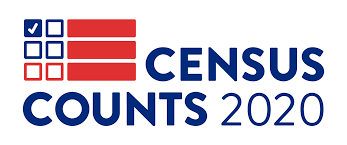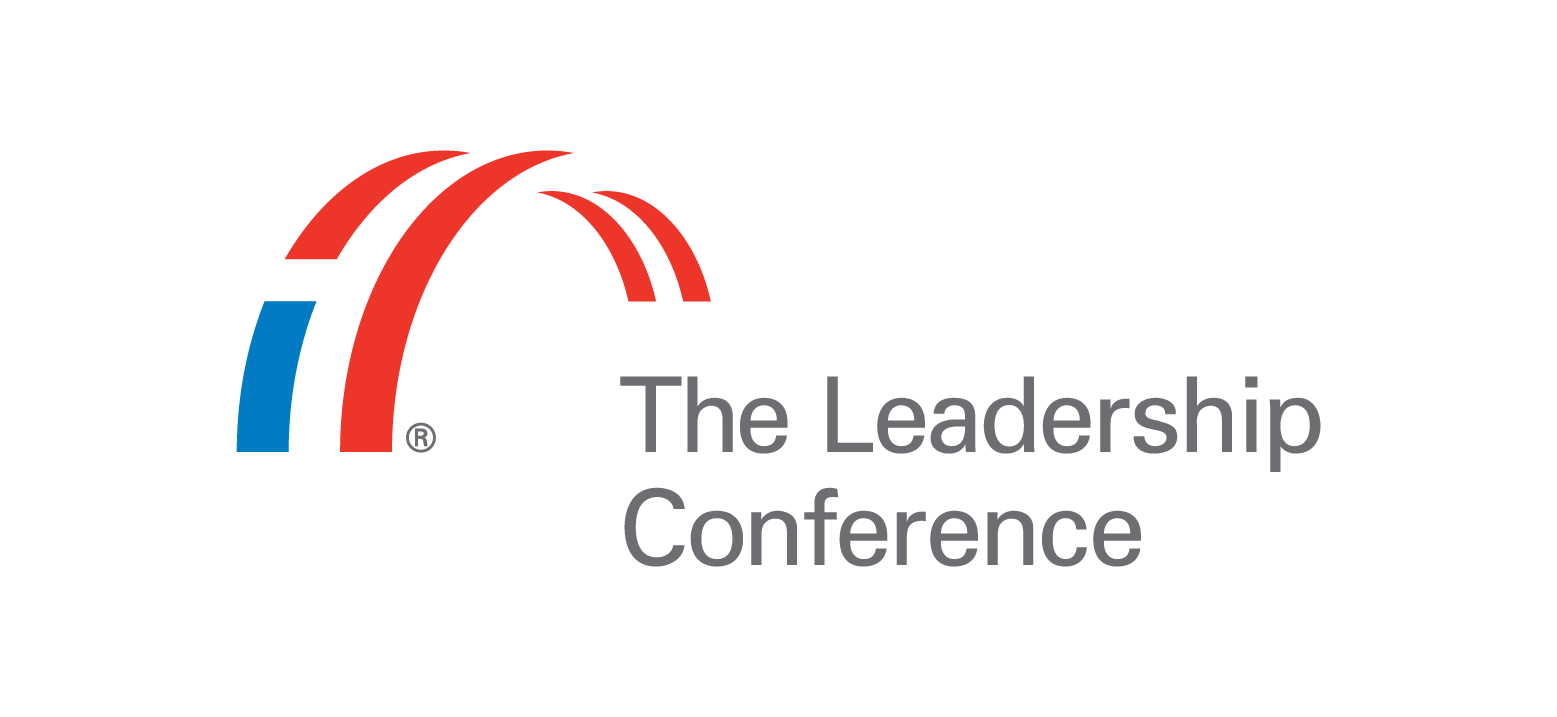Download the PDF
Click here2020 Census Operations
Where are people counted?
- At their “usual place of residence” (where they live and sleep most of the time)
- College students living away from home—at their college residence
- Incarcerated persons—at the prison/jail facility
- People experiencing homelessness—1) Service-Based Enumeration; (2) Enumeration at Transitory Locations; or (3) at the home where they are staying, however temporary, if there is no other “usual residence”
Self-Response Operation (most households)
(March 12–April 30)
For the 2020 Census, each household in the U.S. will receive (by mail or hand delivery) an invitation to participate in the census online, by phone, or by returning the paper questionnaire.
Timeline
- Households can self-respond before April 1 and through July 31
- All households (except in Update/Enumerate areas) can self-respond by internet (starting March 12), telephone (starting March 12; toll-free lines open earlier in March for questions only), and paper questionnaire (80% get a letter with a unique ID, inviting internet response. 20% get similar a letter plus paper questionnaire in first mailing)
Process
For mail-out areas (95% of all housing units)—There will be 5 mailers
- 1st mailing—An invitation letter, with instructions to participate online and by phone, sent over 4 waves in one week on March 12, March 13, March 19, March 20. Invitation with the paper questionnaire (internet choice) will go out on March 13
- Note: 80% of households will get letter with unique ID, inviting internet response. 20% get similar letter plus paper questionnaire in first mailing. See type of initial contact on the Census Hard to Count map. No materials will be mailed to Post Office boxes.
- 2nd mailing—A reminder letter will go out March 16–24
- 3rd mailing—A reminder postcard will go only to households that haven’t self-responded on March 26−April 3
- 4th mailing—A reminder letter that includes the paper questionnaire will go only to households that haven’t self-responded on April 8−16
- 5th mailing—An “it’s-not-too-late” postcard will go only to households that haven’t self-responded on April 20–27
For update/leave (hand delivery):
- 6 million addresses in primarily P.O. box areas with high seasonal turnover, recovering from natural disasters, American Indian reservations. Will receive a hand delivered census packet and self respond.
- March 16− late April: Census workers go door to door to “update” address list and hand-deliver (“leave”) materials (Internet Choice packet). Follow-up letter 4/1, follow-up postcard 4/20
For update/enumerate (enumerator comes to the door)
- For ~35,000 remote homes, including remote Alaska, American Indian tribes on reservations upon request: there will be no self-response.
- Enumerators (census taker) will go door to door to collect census questionnaire responses.
Notes on the invitation to respond:
- The invitation will primarily direct households to respond online, and note that phone questionnaire assistance is available.
- Households can respond to census online or by telephone without a unique ID number. Paper questionnaires have a barcode (equivalent to the ID number) on every page that ties them to a specific address. Households should only use if: household didn’t receive any census materials by mail or in person (other than Update/Enumerate areas), you “lost” the materials your household received, or your household responded but left you off the form.
Language assistance by self response method:
- Internet or telephone: English plus 12 other languages (Find the 13 phone numbers by language here.)
- Paper: English questionnaires and Bilingual English/Spanish questionnaires
- Bilingual census tracts designated according to “language-spoken-at-home” metrics Census Bureau set. Will receive materials (all bilingual) via Internet First, Internet Choice, or Update/Leave contact strategy. Find bilingual census tracts on the Census Hard to Count map.
- Households that didn’t receive bilingual English-Spanish paper questionnaire cannot get one by calling the Census Bureau. Stakeholders will urge these households to respond online or by telephone)
- Instruction guides, glossaries, and ID cards: English plus 59 other languages and large print are available here.
Why the Census Matters for People with Disabilities: A Guide to the 2020 Census Operations & Challenges
Learn moreGroup Quarters
No self-response, includes service-based enumeration
- Feb 3⎯March 6—Advance contact with group quarters administrators
- March 30, March 31 and April 1 —Service-based Enumeration (count of people experiencing homelessness who don’t live in a household, people in group living arrangements)
- April 2⎯June 5—Group quarters enumeration
Nonresponse Follow-up
(May 13–July 31*)
Purpose is to collect data from households that didn’t self-respond (except update/enumerate areas). Households that self-respond after April 30 will be removed in real time from NRFU caseload. (*“EARLY NRFU” starts April 9 in neighborhoods with large off-campus college student populations.)
Process:
- All households that don’t self-respond/”Undeliverable-as-Addressed” (UAA) vacant will receive at least one visit from a census taker. If nobody answers, “Notice of Visit” left at door
- After one unsuccessful attempt, Census Bureau determines: can some occupied housing units be counted using “high quality” federal administrative records?
- After third unsuccessful try, enumerators can ask nearby reliable “proxy” (e.g., landlord; neighbor; caregiver; letter carrier; on-site utility worker)
- If no proxy available, census takers continue to visit up to six or more times. After sixth unsuccessful attempt, cases still eligible for more visits until the end of July; minimum info needed for congressional apportionment also “closes out” a case in final phase. Census Bureau uses administrative records/statistical imputation
Language assistance:
- Bilingual enumerators where needed and available. Will have language cards with messages in the 59 non-English languages for which instruction guides are available, to determine if a household needs help in another language to complete an interview or self-respond.
Random Census Facts
- The census does not start on April 1, 2020. That is a reference date only. The enumeration starts on January 21.
- The 2020 Census is not a “digital census.” Households can self-respond via internet, telephone, paper form, or in person if all else fails.
- People cannot obtain a paper questionnaire by calling the Census Bureau.
- The daily self-response progress reports will represent percent of all known housing units (occupied, vacant, or nonexistent), not people, that have self-responded via internet, telephone, or paper questionnaire. (Projected national 2020 Census self-response rate: 60.5%)
- The first mailing is not a postcard.
- The Census Bureau will not email or text people for the 2020 Census.

